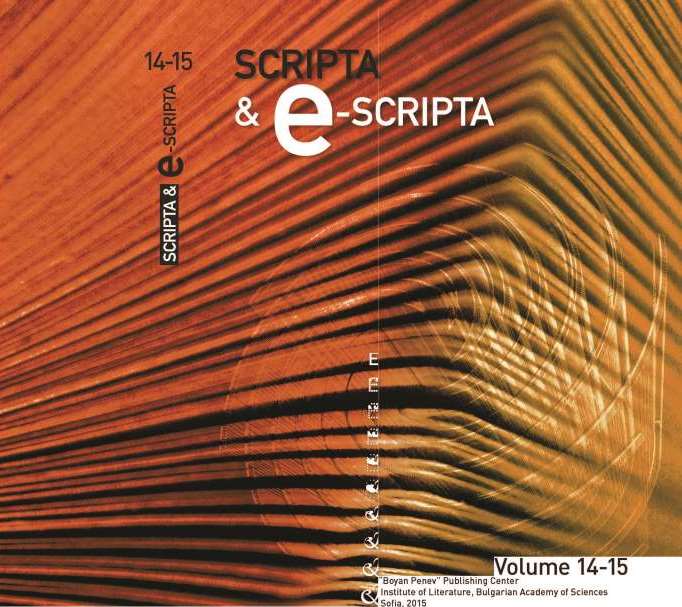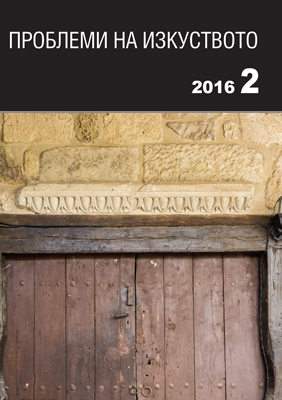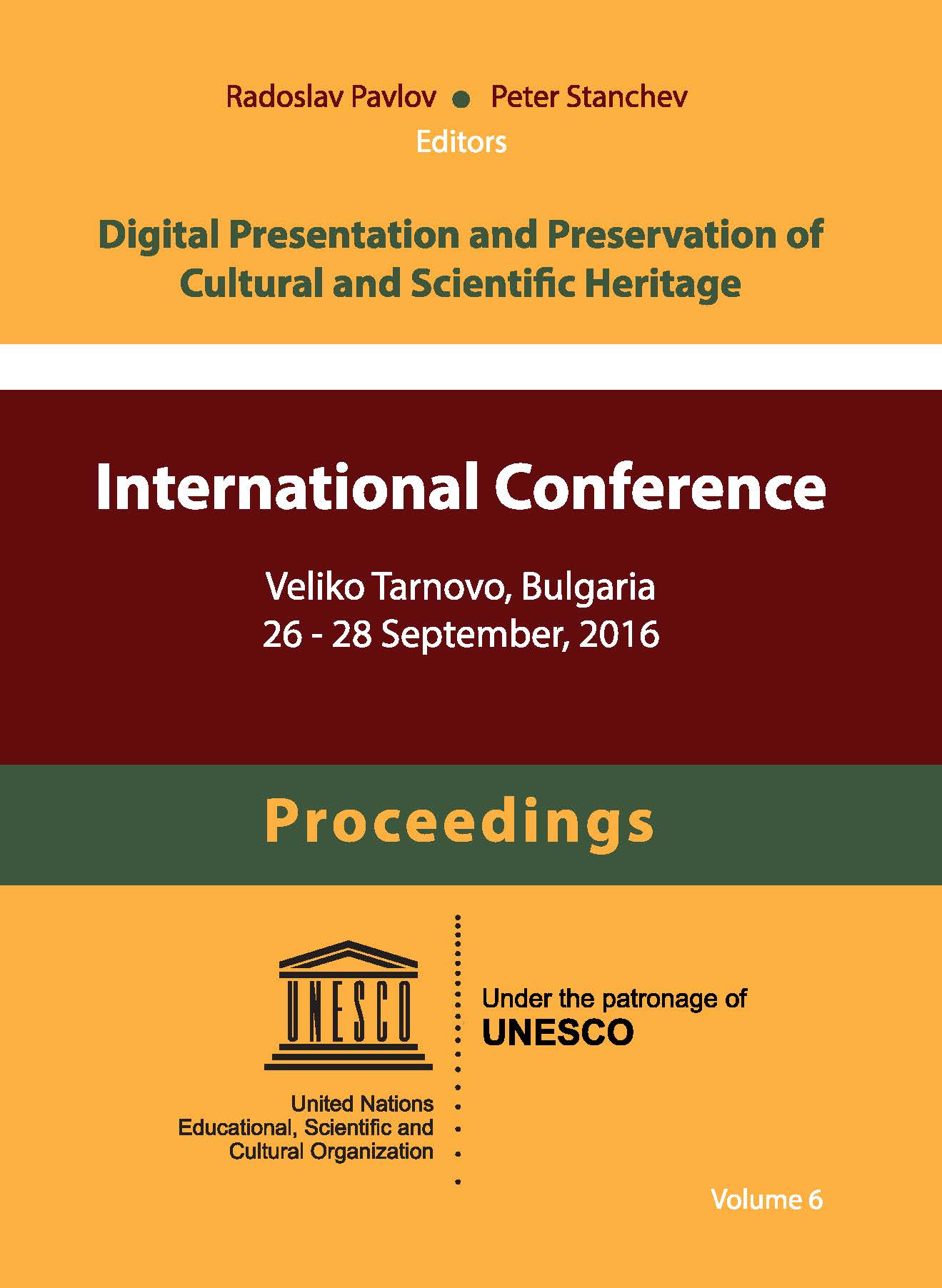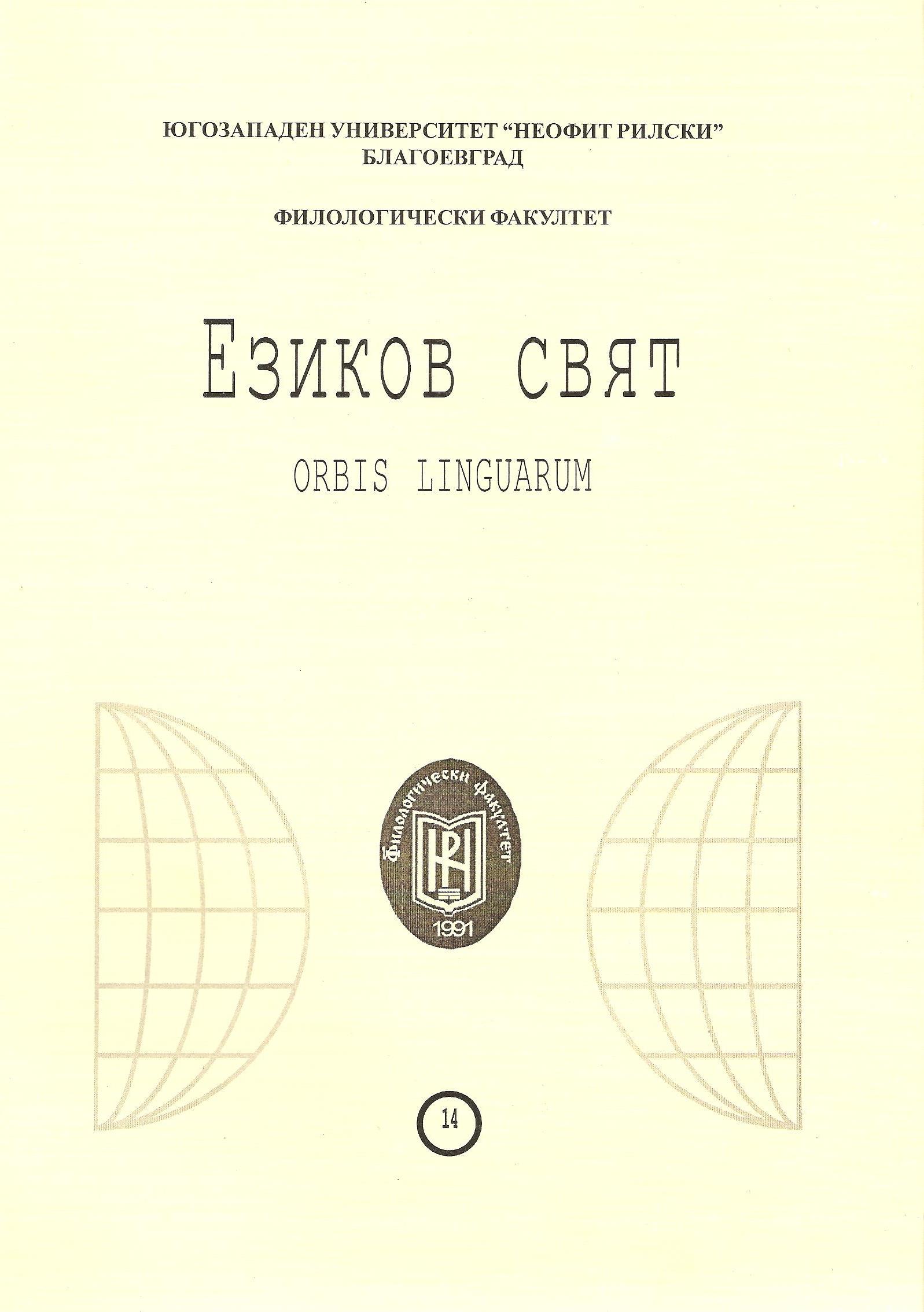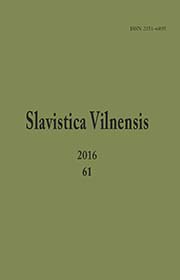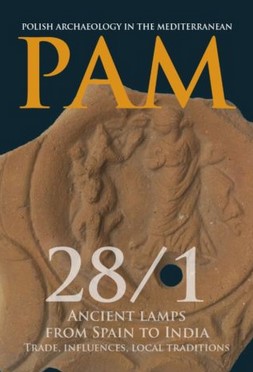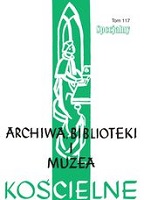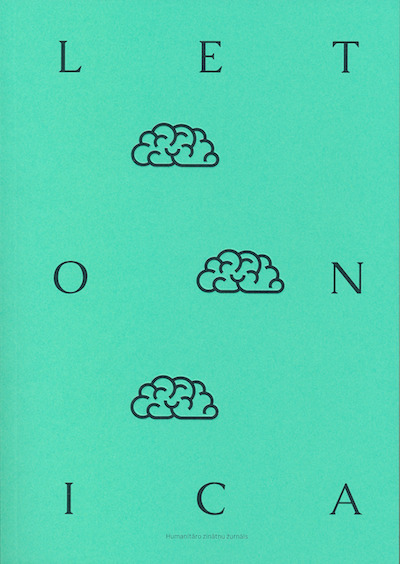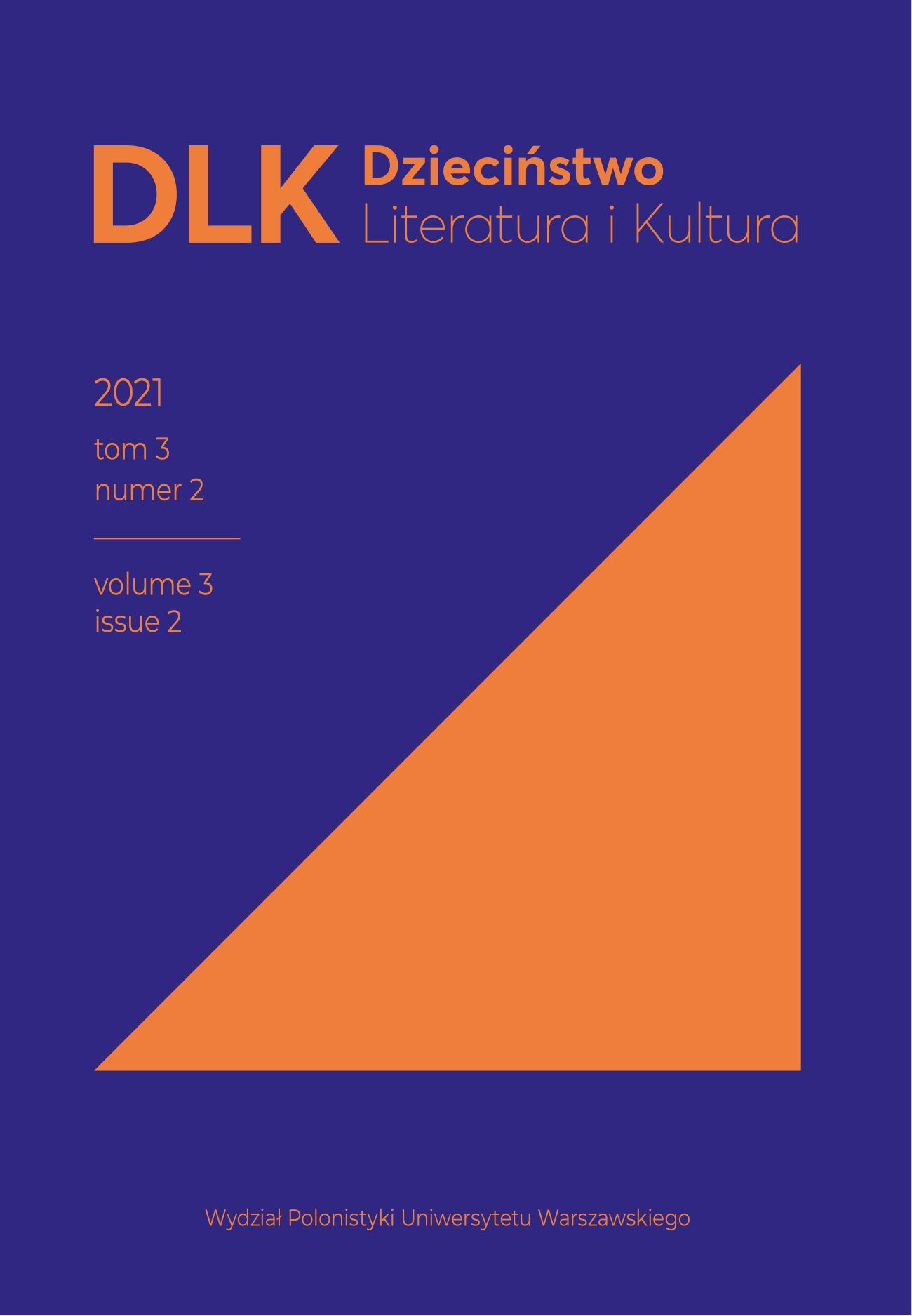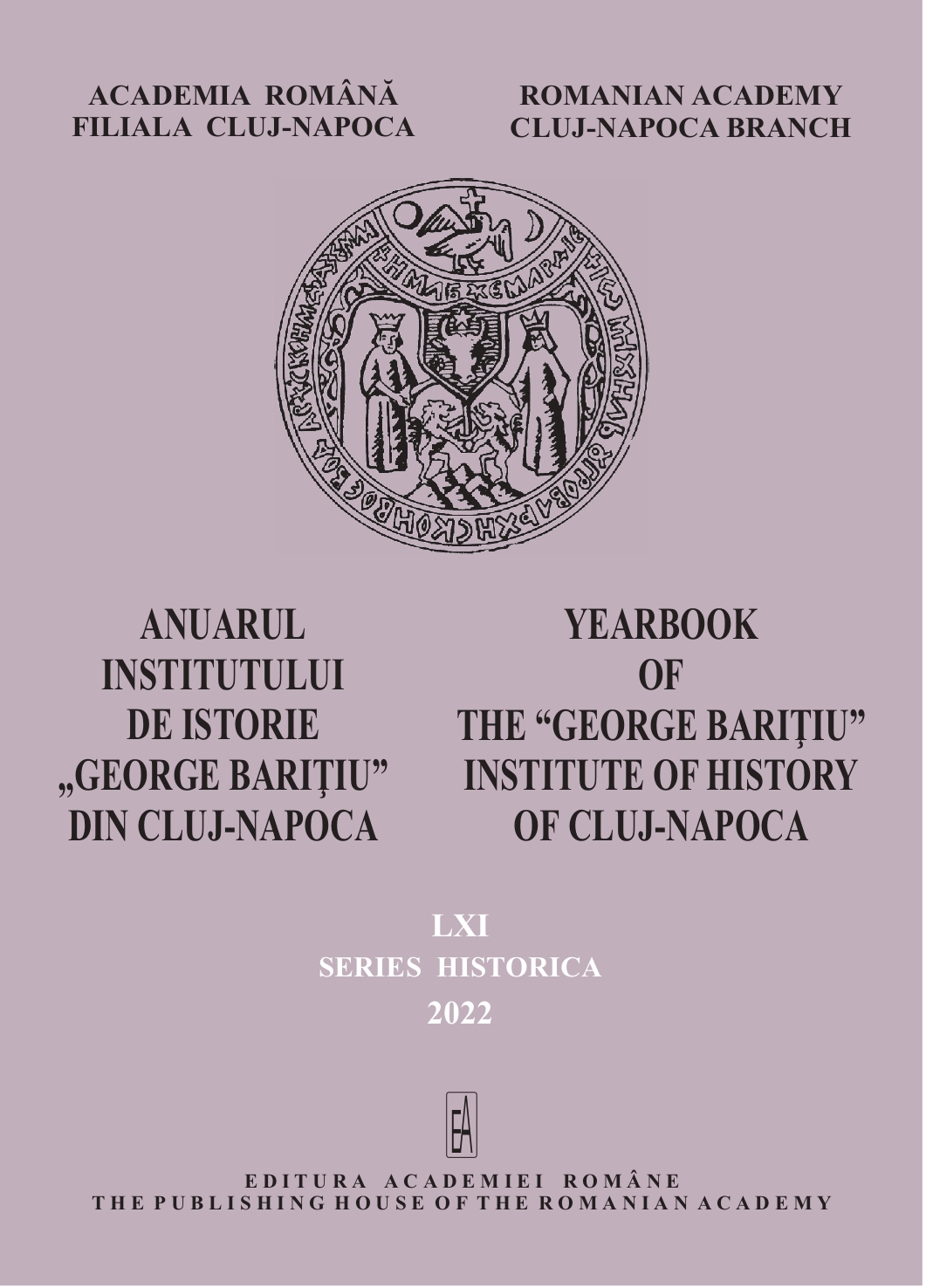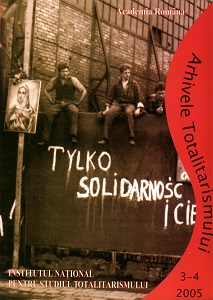Author(s): Ihor Bondar / Language(s): Ukrainian
Issue: 4/2022
The purpose of the work is to study the systematisation of forms and methods of functioning of electronic resources in Ukraine. Research methodology. When conducting the research, general scientific and special research methods have been used, including analysis and synthesis, comparison, generalisation, and systemstructural analysis. The scientific novelty of the work consists in generalising the issues of systematisation of the forms and methods of functioning of Ukrainian electronic resources. In particular, it has been defined that the specifics of changes in electronic resources influences the methods used to systematisingly catalogue, optimise, and unify information through changes in the mechanisms of implementation of the specified processes. Conclusions. In the course of the research, it has been determined that electronic resources form the collection of information in libraries in the form of full-text databases, electronic journals, image collections, multimedia in the form of CDs, tapes, the Internet, web technologies, electronic discussions, electronic news, data archives, email, even online chat. E-resources may be found in differentiated forms such as e-books, digital libraries, online journals, e-learning tutors, and online tests. It is established that such types of electronic resources are distinguished as local, network, and electronic resources of combined distribution. It has been found that the method of bibliographic description of electronic resources is determined in accordance with the type of access, taking into account the category of the object of description and its structure. It has been determined that electronic resources in the form of digitised documents are currently the most effective form of involving in the scientific circulation of huge arrays of documents for social and communication activities of institutions.
More...
